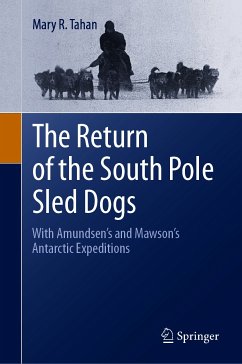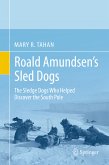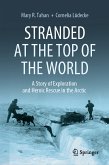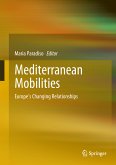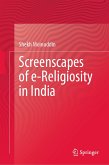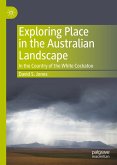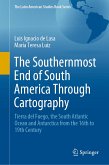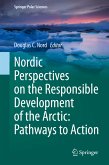Dieser Download kann aus rechtlichen Gründen nur mit Rechnungsadresse in A, B, BG, CY, CZ, D, DK, EW, E, FIN, F, GR, HR, H, IRL, I, LT, L, LR, M, NL, PL, P, R, S, SLO, SK ausgeliefert werden.
"Mary R. Tahan's books on polar expedition . . . are a welcomed addition to historical exploration scholarship and the animal studies field. . . . Tahan's books focus on the interactions and intersectionality between people and nonhuman animals and how this connection spurred humankind forward in its survey of the South Pole. In a unique approach, Tahan's research and materials center on the animals . . . By adding this aspect of the canines, she gives recognition to the significant role that animals played in this important part of history as well as the indispensable human-animal relationship needed for the Antarctic exploration. . . . In recent years . . . academics have increasingly argued that the inclusion of other voices such as women, native peoples, immigrants, and individuals of varied social class enhances historical accounts. Tahan's books seek to take this one step further and argue that the inclusions of nonhuman animals as agents will most certainly enrich historical data. The author certainly hits this mark, and these should be recommended books for anyone with an interest in nonhuman animals, exploration, or history. (Nicholas Miller, Terrae Incognitae, March 23, 2022)

